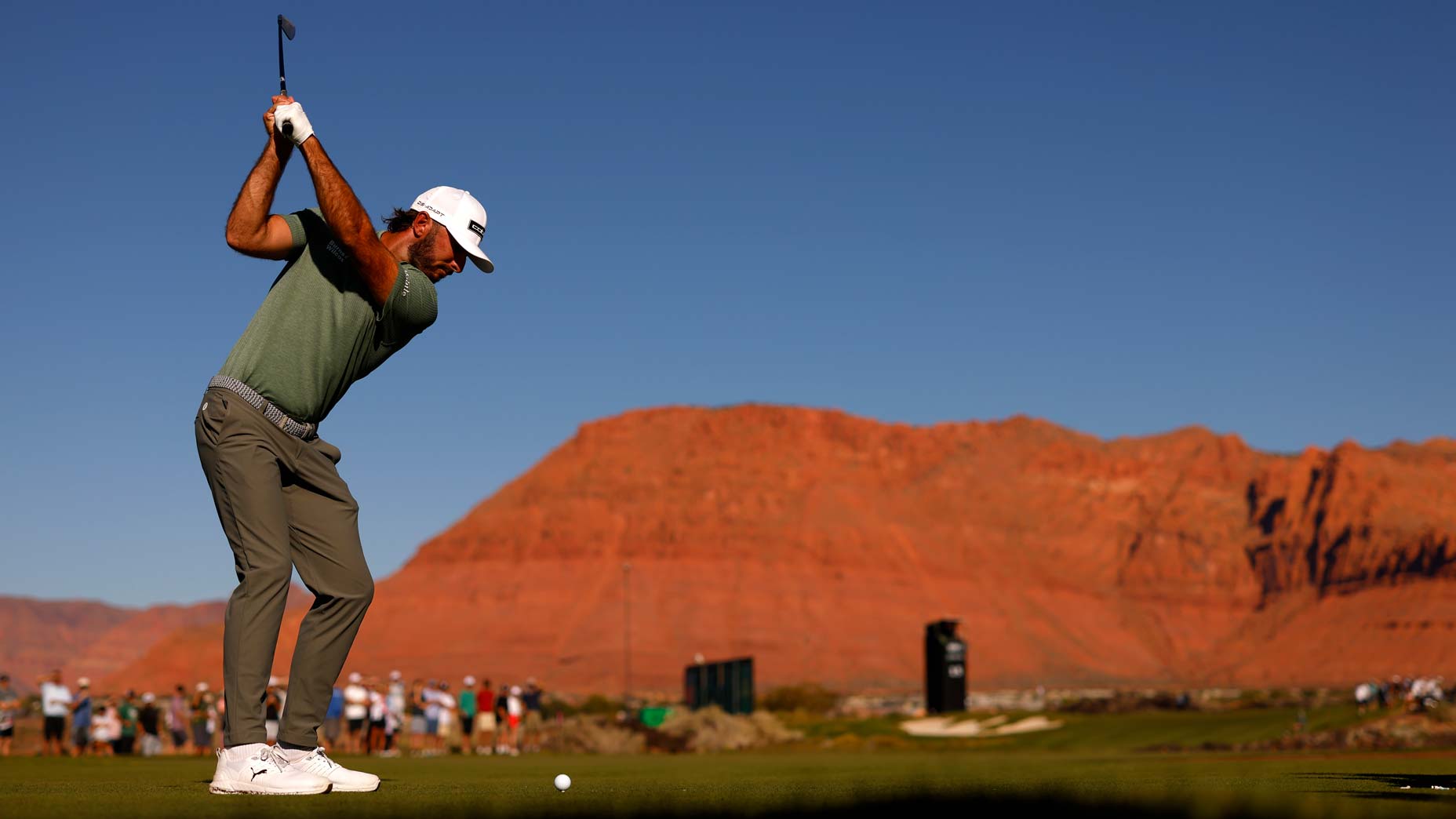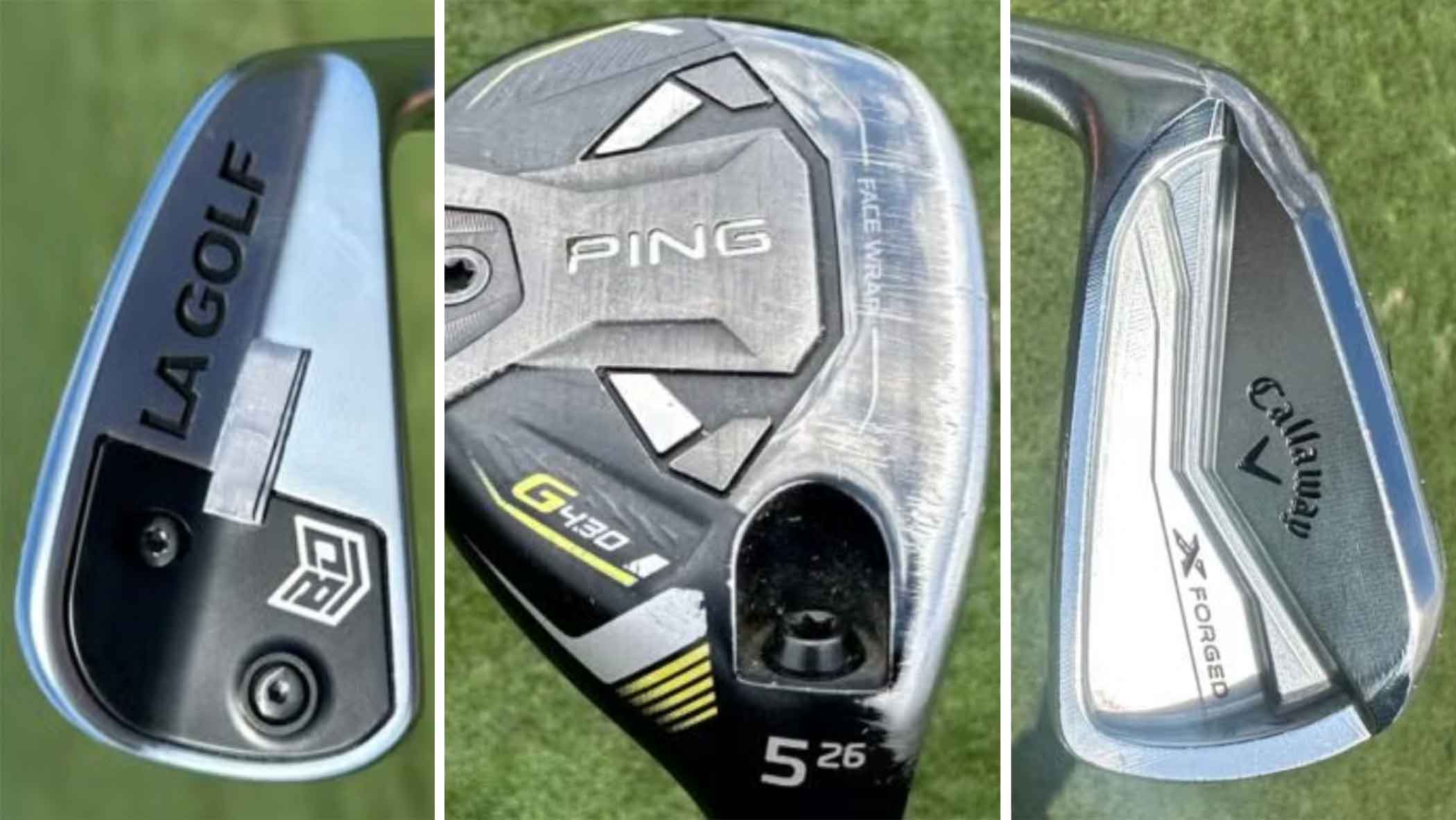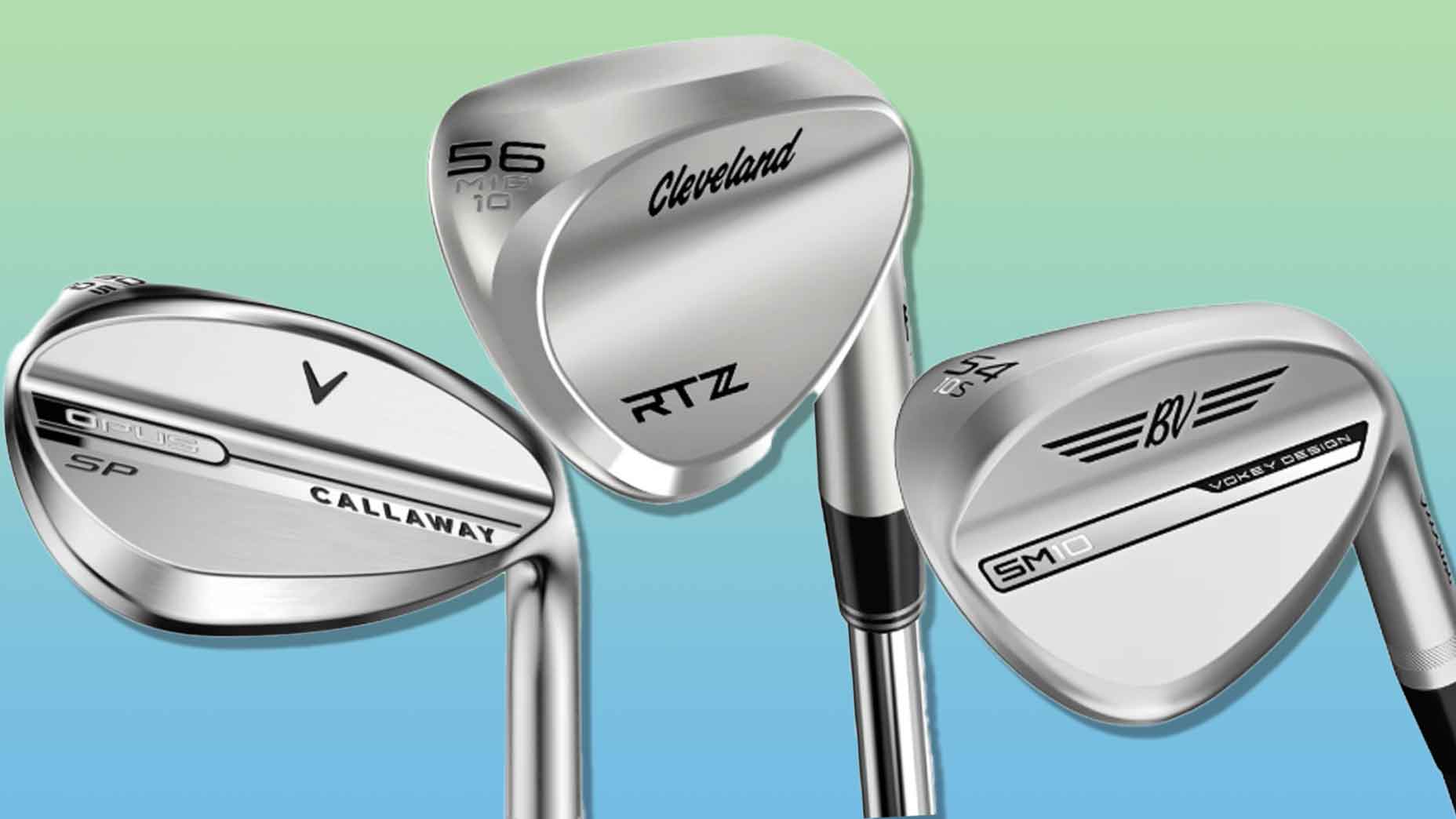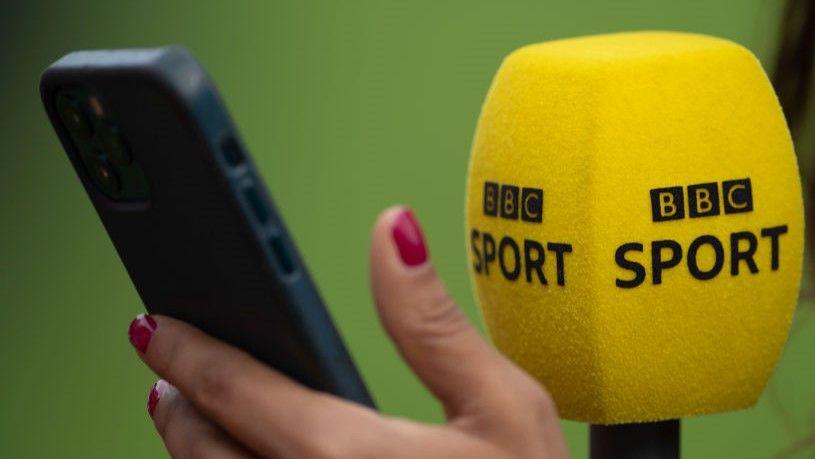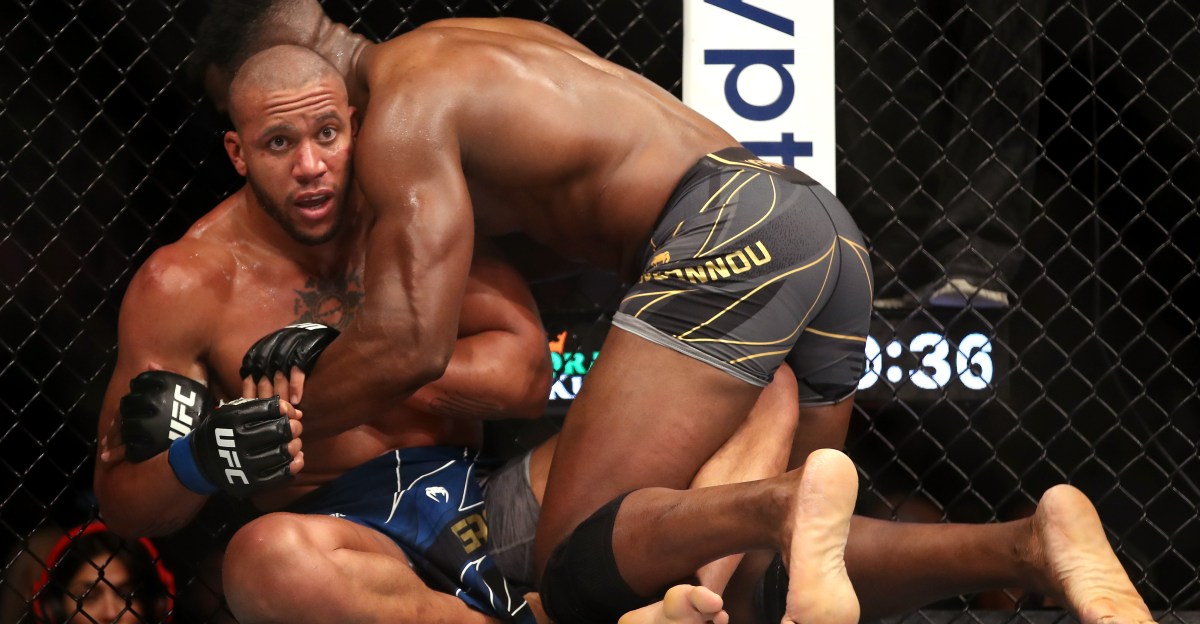Most amateur golfers don’t play favorites when it comes to their golf ball. They’ll grab whatever’s in the bag, whatever’s on sale, or whatever their playing partner hands them if they start to run low on pellets. This isn’t an indictment of amateur golfers, but a realization that most aren’t taking the time to zero in on a specific model that suits all of their needs.
But to Chris Marchini, the director of golf performance and innovation at Dick’s Sporting Goods and Golf Galaxy, the decision to wing it with your ball—or play a mixed bag—misses the point entirely.
Instead of simply grabbing a sleeve from the pro shop, Marchini suggests taking the time to test golf balls—ideally with a fitter—to find the one that best fits your game. While it’s easy to chase a ball that adds distance, Marchini believes it’s better to prioritize a specific yardage window.
Advertisement
Advertisement
“Personally, I judge a golf ball on one thing,” said Marchini. “How it performs from 130 yards and in. That’s where I go first. Can I flight it with the wedge? Can I hit the windows I want? Does it produce the land angles I want? Does it hold greens? I’ll kind of work back from there to the driver, which is the last club I’m concerned with.”
That mindset flips the traditional fitting process on its head. Many golfers start by chasing distance—seeking the ball that promises an extra five yards off the tee—but Marchini argues that the scoring zone is where a ball truly earns its keep. From the pitching wedge to the putter, a ball’s feel, spin and control dictate whether a round is saved or squandered.
The testing process isn’t all that different from how the best players in the world dial in their golf ball. Take Tiger Woods, for instance. He starts where most amateurs never think to begin—on the putting green. Tiger will spend an inordinate amount of time rolling putts, listening for the right sound and feeling how the ball comes off the face. From there, he’ll move a few steps back to the chipping area, hitting a variety of wedge shots to see how it reacts off tight lies and out of the rough. Only after that does he head to the range to see what it does with full swings.
It’s a methodical, inside-out approach that puts scoring first and distance second. Because even if a ball is a rocket launcher with the driver, if it feels firm off the putter or won’t grab on a half-wedge, it’s likely costing you shots on the course. Think about it—how many shots in a round do you hit with a wedge or putter versus a driver? The answer should tell you where your testing time ought to go.
The lesson is simple: Golf is a game of precision, not power. Prioritizing a ball that performs inside 130 yards means you’re fitting for what actually lowers scores, not just what looks good on a launch monitor. As Marchini puts it, “If the ball behaves the way you need it to around the greens, the rest of your game gets a whole lot easier.”

